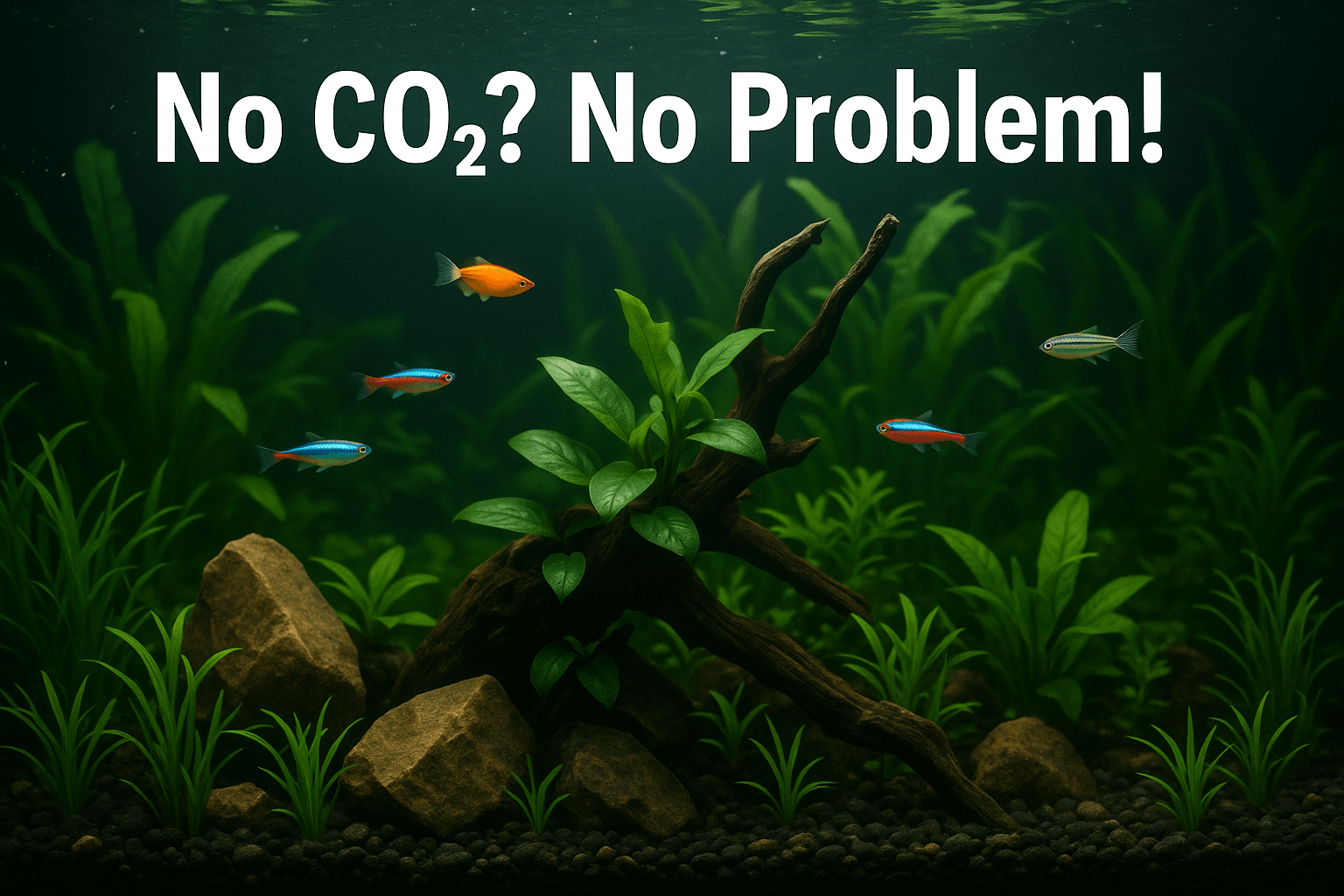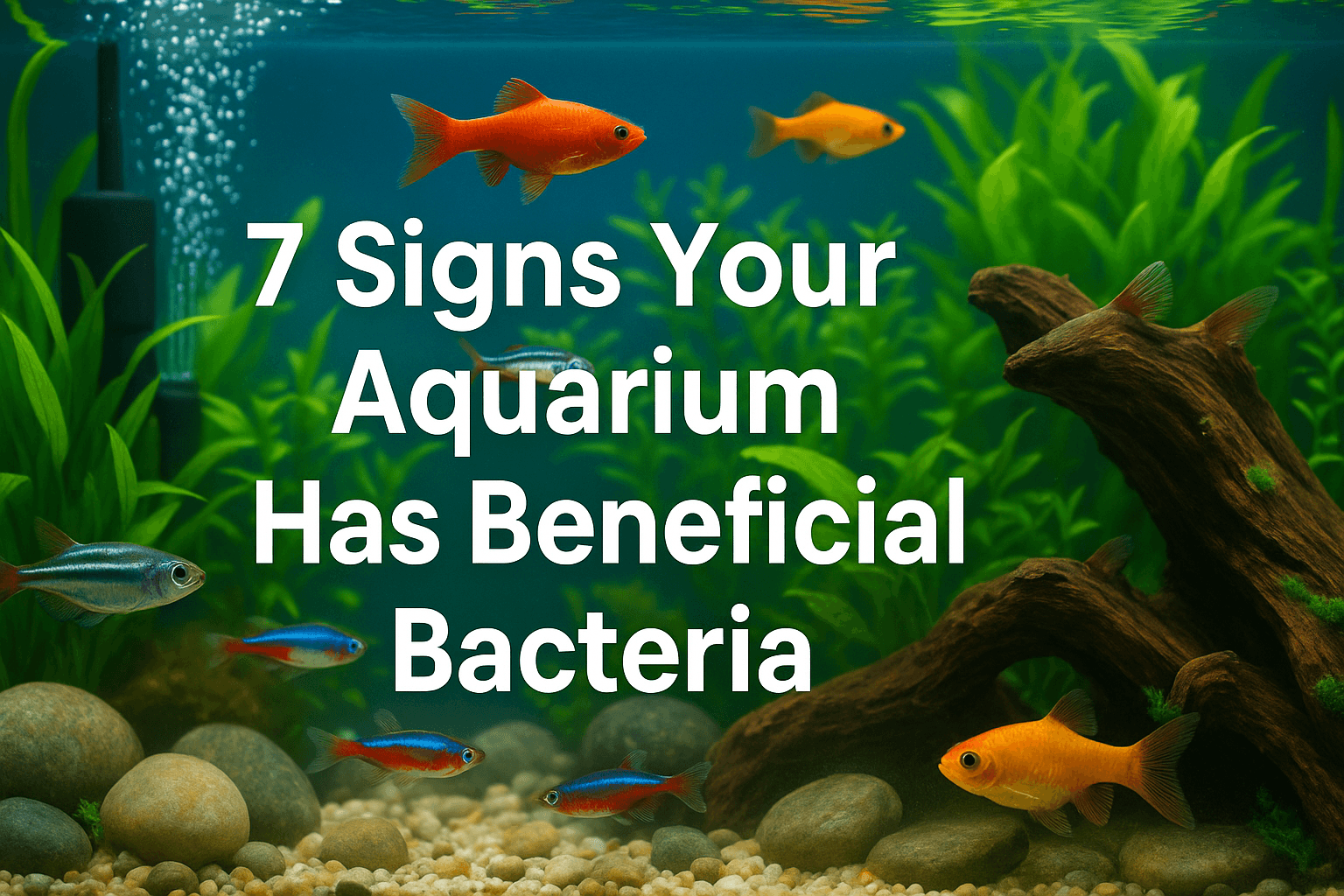
Evaporation can wreak havoc on your carefully balanced aquarium ecosystem. Every drop of water that disappears from your tank leaves behind concentrated minerals and salts, potentially stressing your aquatic pets. Mastering the art of proper Aquarium Top-Off Strategies is not just good practice-it’s essential for maintaining a thriving underwater world. This comprehensive guide will walk you through everything you need to know about managing evaporation in your aquarium, from understanding the science behind it to implementing foolproof solutions.
Understanding Aquarium Evaporation: Why Your Water Disappears
Evaporation is a natural process where water transforms from liquid to vapor. In your aquarium, this invisible process happens continuously, with several factors affecting how quickly your water levels drop.
Factors Affecting Evaporation Rate
Temperature Differential: The greater the difference between your water temperature and room temperature, the faster evaporation occurs. Most tanks will lose water more rapidly when the water is warmer than the surrounding air, as warm water molecules have more energy to escape into the air.
Surface Area Exposure: Tanks with larger surface areas experience more evaporation. An open-top aquarium will lose water significantly faster than one with a cover or lid.
Air Movement: Increased air flow across your tank’s surface accelerates evaporation dramatically. Fans, air conditioning vents, or even powerheads creating surface agitation can all boost evaporation rates.
Humidity Levels: Drier air in your home, especially during winter months with heating systems running, can absorb more moisture from your tank. In contrast, higher humidity levels can slow evaporation.
Read More: Aquarium Deep Cleaning & Maintenance Schedule
Typical Evaporation Rates
Most uncovered tanks without a closed top will evaporate approximately 1-4% of their volume daily. For perspective, a 40-gallon tank typically loses about half a gallon per day, amounting to roughly 3.5 gallons weekly. For larger systems like a 240-gallon setup, you might see significantly more water loss-sometimes several gallons weekly.
The Critical Importance of Proper Top-Off
When water evaporates from your aquarium, it leaves behind all dissolved substances. This means in saltwater tanks, the salinity steadily increases as pure water evaporates. In freshwater setups, the concentration of minerals and potential pollutants rises.
The Consequences of Neglecting Top-Offs
In Saltwater Tanks: Fluctuating salinity stresses marine life and can damage sensitive coral systems. Even small changes can impact your tank’s inhabitants significantly.
In Freshwater Tanks: Increasing hardness and mineral concentration can alter pH and create unstable conditions for fish and plants.
Equipment Damage: Low water levels can expose pumps and heaters, potentially causing equipment failure or even dangerous situations.
Manual vs. Automatic Top-Off: Which Is Right for You?
Manual Top-Off Method
How It Works: You physically add water to your tank when you notice evaporation has lowered the water level.
Pros:
- No additional equipment costs
- No risk of mechanical failure causing overflow
- You regularly observe your tank, potentially catching other issues early
Cons:
- Requires daily attention and discipline
- Can create more dramatic parameter swings if done inconsistently
- Inconvenient when traveling or during busy periods
Most hobbyists with small to medium tanks start with Aquarium Top-Off Strategies. As one aquarist notes, “Is there any issue with manually topping off everyday after work? I understand if I’m not home everyday it may be bad. But I can always get someone to do it while I’m gone”.
Automatic Top-Off Systems (ATO)

How It Works: An ATO uses sensors to detect when water levels drop, automatically activating a pump to add precisely the amount of water needed from a reservoir.
Pros:
- Maintains consistent water levels 24/7
- Prevents parameter fluctuations by adding small amounts frequently
- Reduces maintenance time and worry
- Essential for larger systems or when traveling
Cons:
- Initial investment cost
- Requires proper setup and maintenance
- Potential for malfunctions causing overflow or underfill
An ATO is one of those specific pieces of gear that almost everyone ends up with eventually. For tanks over 100 gallons, an automatic system becomes almost necessary due to the volume of water lost daily.
Read More: Aquarium Maintenance Checklist
Choosing the Right Water for Top-Offs
What you use to replace evaporated water matters tremendously. Here’s what you need to know:
For Saltwater Tanks
Always use freshwater for top-offs, never saltwater. Since salt doesn’t evaporate, adding saltwater during Aquarium Top-Off Strategies would continuously increase salinity.
Ideally, use RO/DI (Reverse Osmosis/Deionized) water for top-offs to prevent introducing contaminants. Using a TDS (Total Dissolved Solids) meter to check water quality before adding it to your tank can prevent introducing harmful substances.
For Freshwater Tanks
Options include:
Distilled or RO Water: Perfect for top-offs, especially in tanks with hard tap water. As one aquarist explains, “distilled water is great for top off” because “minerals remain in the tank when water evaporates”.
Tap Water: Can be used if treated properly, but be aware it will continually add minerals, potentially increasing water hardness over time.
Setting Up an Effective Auto Top-Off System
If you’ve decided to invest in an ATO, proper setup is crucial for reliable operation.
Key Components of an ATO System
- Sensors: Optical or float sensors that detect water levels
- Reservoir: Container holding your top-off water
- Pump: Delivers water from reservoir to tank
- Controller: Manages the system operation
Essential ATO Setup Tips
Proper Sensor Placement: In sumps, place sensors only in the pump chamber where water levels change with evaporation. For all-in-one tanks, position in the return pump chamber.
Right-Sized Reservoir: Your reservoir should be 15-20% of your tank’s total volume. For example:
- 5-gallon reservoir for tanks up to 75 gallons
- 10-gallon reservoir for tanks up to 120 gallons
- 15-gallon reservoir for tanks up to 200 gallons
Correct Pump Placement: Place your ATO pump at the bottom of the reservoir to reduce drawing air into the pump.
Mount Fill Tube Above Water Line: To prevent back-siphoning, ensure the end of your fill tube sits above the water line in your tank or sump.
Common Top-Off Mistakes to Avoid
1. Neglecting ATO Maintenance
Clean sensors monthly to prevent salt creep and deposits from causing failures. Rinse reservoirs regularly and clean pumps occasionally to maintain optimal performance.
2. Using Improper Water
Using untreated tap water or failing to maintain your RO/DI system can introduce harmful contaminants to your tank during top-offs.
3. Inconsistent Manual Top-Offs
Allowing water levels to drop significantly before adding large amounts of water creates more dramatic parameter swings than small, frequent additions.
4. Improper Reservoir Size
Too small, and you’ll constantly refill; too large, and you risk extensive overflow if the system malfunctions.
Frequently Asked Questions About Aquarium Top-Offs
How much water evaporation is normal?
Most tanks without a closed top evaporate 1-4% of their volume daily. A 40-gallon tank typically loses about half a gallon per day.
Can I top off with distilled water regularly?
Yes, distilled water is ideal for top-offs in both freshwater and saltwater tanks. Since minerals remain in the tank when water evaporates, topping off with pure water helps maintain proper parameters.
Will topping off with RO water affect my pH?
While RO water typically has a lower pH (around 5.5), when used for top-offs in established tanks, the existing buffer systems prevent significant pH changes.
How often should I clean my ATO system?
Clean sensors monthly, rinse reservoirs during refills, and maintain pumps quarterly for optimal performance and reliability.
Real-World Experiences: How Aquarists Master Aquarium Evaporation
Nothing beats learning from those who’ve faced-and conquered-the same challenges you’re experiencing. Here are some personal stories and testimonials from dedicated aquarists who have made evaporation management a cornerstone of their success:
My Journey: From Daily Frustration to Automated Peace of Mind
When I first started my 75-gallon reef tank, I underestimated how quickly water would evaporate. Each evening, I’d notice the waterline creeping lower, especially during the dry winter months when indoor heating was running constantly. I found myself adding nearly a gallon of freshwater daily, and if I missed even a day, my salinity would spike noticeably.
After a business trip where my tank lost almost 4 gallons in three days, I knew something had to change. I invested in the AutoAqua Smart ATO Lite, and it transformed my experience completely. As one reviewer noted, it offers “the perfect combination of small size, simplicity, smart design, and low cost”. A year later, it hasn’t failed me once, and my corals have never looked better with the stable parameters.
Testimonial: A Professional’s Perspective
“I’ve been servicing saltwater tanks for over 16 years, and the number one issue I see in struggling systems is inconsistent Aquarium Top-Off Strategies. Before automatic systems became affordable, I’d visit clients to find their tanks with dangerously low water levels and stressed fish. Now, I won’t set up a new system without an ATO. The difference in overall tank health is remarkable-fewer algae blooms, better coral growth, and dramatically reduced fish mortality.”
- Bill, Professional Aquarium Maintenance
Testimonial: The Manual Method That Works
“I maintain a 40-gallon planted freshwater display in my dental office. While many colleagues use automatic systems, I prefer the daily ritual of manually topping off. Each morning before patients arrive, I add the precisely measured amount of RO water. It’s become my zen moment-a few minutes of calm before the busy day. My patients often comment on how ‘sparkling’ the tank looks, and it’s become a centerpiece of our waiting area.”
- Dr. Amy
Community Wisdom: Learning From Mistakes
One experienced reef keeper shared: “My biggest evaporation disaster happened when I placed my new tank near an air vent. The constant airflow doubled my evaporation rate, and I couldn’t keep up with manual top-offs. After relocating the tank and installing a cover for the open sections, my evaporation rate dropped by 60%. The lesson? Tank placement matters tremendously when managing evaporation.”
Success Story: Solving Evaporation in Challenging Environments
“Living in Arizona meant my 120-gallon reef tank was losing nearly 2 gallons daily. I tried everything-glass covers, reducing surface agitation-but the dry climate was relentless. The game-changer was installing a dual-sensor ATO system that monitors water level and automatically replenishes evaporated water. Now my tank maintains perfect stability, even when I’m away for a week. My corals have never shown better coloration and growth.”
- Michael, Phoenix
These real-world experiences highlight a common theme: whether through consistent manual routines or reliable automation, successful aquarists prioritize evaporation management as a fundamental aspect of their maintenance regimen. The investment-whether in time (manual method) or technology (ATO systems)-pays dividends in healthier aquatic life and fewer water quality issues.
Conclusion
Mastering aquarium top-offs is a fundamental skill for successful aquarium keeping. Whether you choose the hands-on approach of manual additions or invest in the convenience of an automatic system, consistent top-offs protect your aquatic life from stress and your equipment from damage.
For beginners, start with daily manual top-offs to develop a routine and understanding of your tank’s evaporation rate. As your system grows or your schedule demands more flexibility, consider upgrading to an automatic top-off system.
Remember: in the carefully balanced world of aquarium keeping, it’s often the seemingly small details-like maintaining proper water levels-that make the difference between merely surviving and truly thriving aquatic life.


